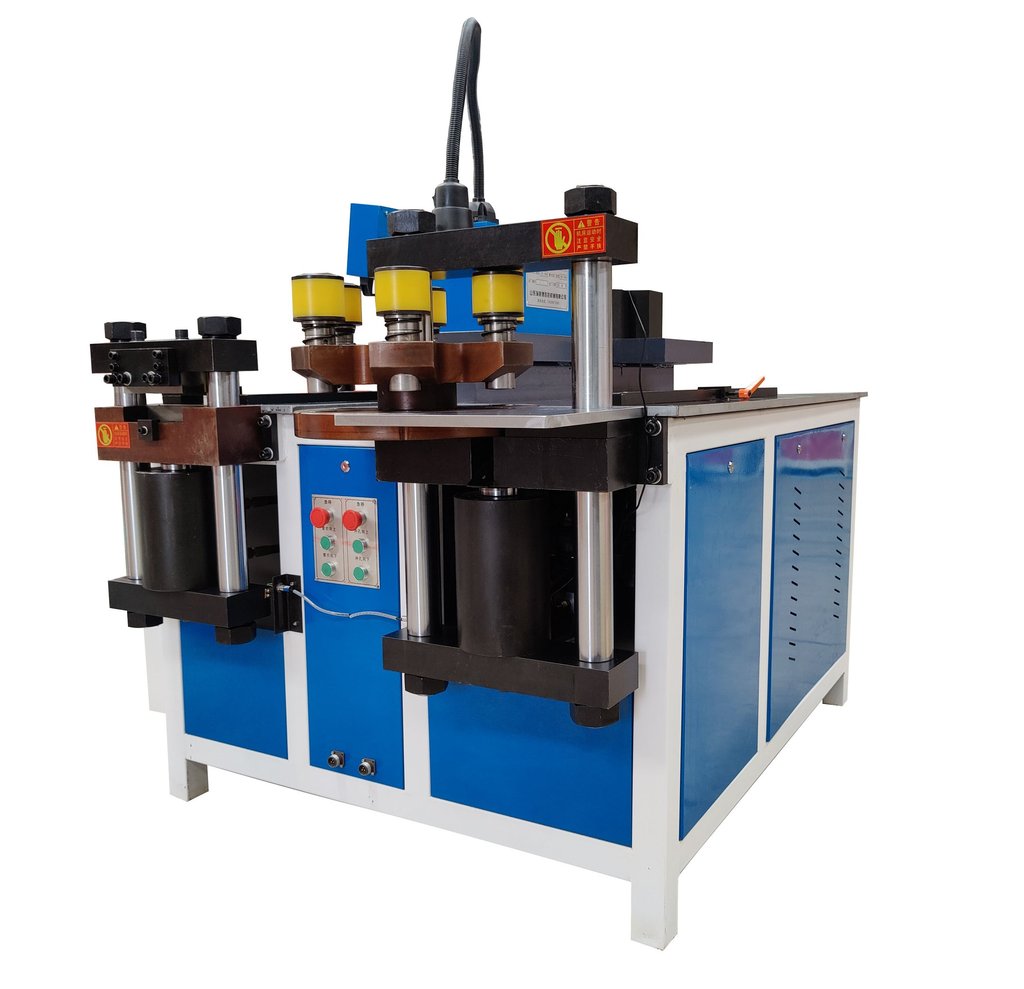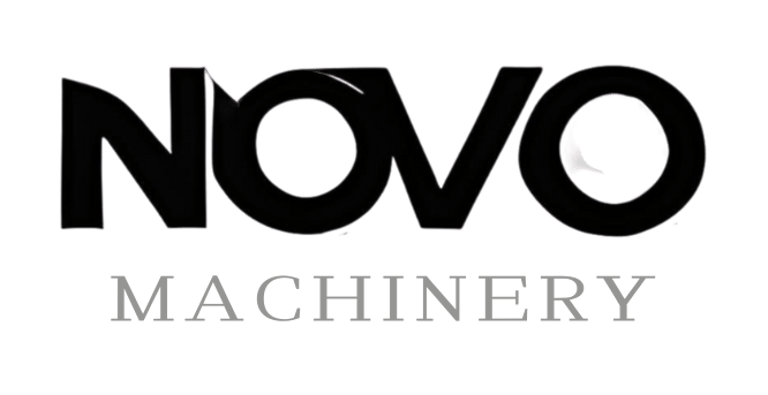Mid-Sized Power Equipment Assembly & CNC busbar machining
Discover our mid-sized power equipment assembly factory specializing in CNC busbar machining. We scale output to meet your needs while ensuring top-quality production.
7/21/20254 min read


Introduction to the Challenge
In the highly competitive landscape of power equipment manufacturing, mid-sized factories face unique challenges that can significantly impact their operations. One such establishment, a mid-sized power equipment assembly factory, found itself at a crucial juncture where output capacity constraints began hindering its growth prospects. As market dynamics shifted with increasing demand for power equipment, the need for enhanced operational efficiency became painfully evident.
Prior to the implementation of CNC busbar machining, the factory operated with traditional assembly methods that limited production output. Employees relied heavily on manual labor, which, while effective to an extent, resulted in inefficiencies that affected both speed and precision. The combination of these factors posed a real challenge, as rising customer expectations necessitated a more agile and responsive production capability.
Furthermore, the factory's existing processes created bottlenecks that slowed down assembly times, complicating the factory's ability to meet delivery schedules. This operational strain was complemented by fluctuating component availability, which made it increasingly difficult to scale output without incurring added delays. With mounting pressure from both consumers and market competitors, the leadership of the factory recognized that maintaining the status quo was not an option. The urgency for a transformative solution became clear.
Understanding the critical nature of these challenges, the factory’s leaders sought innovative solutions that could propel their operational capabilities forward. The pursuit of a more efficient production approach was paramount not only to meet current demands but also to position the factory for sustainable future growth. This situation laid the groundwork for the eventual introduction of CNC busbar machining, aimed at addressing output deficiencies and improving the overall assembly process.
The Solution: Implementing CNC Busbar Machining
To address the productivity challenges faced by the mid-sized power equipment assembly factory, the decision to implement CNC busbar machining technologies was pivotal. The adoption of Computer Numerical Control (CNC) machinery offered key benefits that were aligned with the factory’s operational requirements. Primarily, CNC busbar machining enhances precision and efficiency in manufacturing complex components, a critical need emphasized during the assessment phase of the solution.
The implementation process began with a thorough evaluation of available CNC machinery on the market. Features such as automatic tool changeover, customizable programming options, and integrated software solutions were critically examined to ensure they met the factory's specific production demands. After selection, the installation phase was structured to minimize downtime. Collaborating closely with technology partners, the factory's management set a timeline that allowed for sequential setup, testing, and calibration of the CNC busbar machines into the existing workflow.
Training was an essential aspect of the implementation process. Workforce training sessions were designed to familiarize operators with the new machinery, focusing on both the technical aspects of CNC operation and the adjustments required in workflow. This educational initiative helped in alleviating initial resistance from staff who were hesitant about transitioning to unfamiliar technologies. To ensure a smooth transition, the factory engaged the expertise of suppliers to facilitate training workshops, demonstrating operational procedures and addressing employee concerns.
As the implementation progressed, the factory encountered typical challenges such as initial integration issues and the need for workflow adjustments. However, thorough communication and feedback mechanisms established between the management and the workforce enabled the factory to refine processes gradually, ensuring that the CNC busbar machining technology was embraced fully. The collaborative efforts with technology partners throughout this phase proved critical in overcoming obstacles, thereby solidifying the foundation for enhanced productivity.
Results Achieved: Output Increase and Operational Efficiency
The implementation of CNC busbar machining has lead to significant advancements in both output and operational efficiency within the mid-sized power equipment assembly factory. The factory experienced a remarkable 60% increase in production output following the integration of this advanced technology. This increase is not merely quantitative; it is a transformative change affecting multiple facets of the production process.
Regarding product quality, the CNC machining process has facilitated enhanced precision and consistency in manufacturing busbars. This improvement in product integrity has been quantifiable, with a notable decrease in defect rates, thus resulting in higher product reliability. The elimination of manual machining errors has further bolstered the factory's reputation among its clients, driving repeat business and fostering stronger customer relationships.
In addition to increased output and quality, production times have also seen a substantial reduction. The automation provided by CNC busbar machining has streamlined workflow processes, leading to quicker turnaround times on orders. Inefficiencies that were previously rampant in manual production phases have now been addressed, allowing the factory to fulfill customer demands more effectively and to be more adaptable to fluctuating market conditions.
Employee satisfaction has improved as well due to the shift from arduous manual labor to technologically-assisted tasks. Workers have reported a higher degree of job satisfaction, stemming from increased engagement with precision equipment and the opportunities for skill enhancement it presents. The overall morale in the workplace has positively influenced productivity, further driving output gains.
This transformation, characterized by operational efficiency and enhanced output, has positioned the factory to explore new market channels, ultimately solidifying its existing business model and enhancing its competitive edge in the industry.
Lessons Learned and Future Outlook
The journey of scaling operations in a mid-sized power equipment assembly factory through CNC busbar machining has imparted several crucial lessons, which can serve as a guideline for similar enterprises. One of the primary takeaways was the importance of thoroughly assessing and understanding the specific needs of the factory before implementing any new technology. The initial assessment allowed for the identification of suitable machinery that optimized operational efficiency while also ensuring compatibility with existing workflows. This strategic approach prevented potential disruptions during the transition period.
Another lesson learned was the significance of staff training and adaptability. Despite the introduction of advanced machinery, human capital remains the backbone of any manufacturing unit. Ensuring that employees are well-trained in the new technology not only enhances productivity but also fosters a culture of innovation. The factory found that investing in continuous education and training programs facilitated smoother integration of CNC busbar machining, leading to increased worker satisfaction and reduced resistance to change.
Throughout the scaling process, unexpected challenges emerged, including initial technical hitches and longer-than-anticipated ramp-up times. These hurdles underscored the need for flexibility in operational planning and the establishment of a robust support system to address issues as they arose. Strategic recommendations for other factories contemplating similar upgrades include conducting pilot tests, engaging with experienced suppliers, and establishing clear communication channels among all stakeholders involved in the transition.
Looking toward the future, the factory is committed to ongoing improvements and further automation. The experience gained from adopting CNC technology has laid the groundwork for future expansions, as they anticipate increased demand in the market. Embracing technological innovations will remain a critical component in navigating the rapidly evolving landscape of manufacturing, positioning the factory for sustained growth and efficiency. The lessons learned during this transition serve as a foundation for a hopeful and well-prepared future.
Innovate
Leading manufacturer of busbar processing equipment solutions.
Contact
Support
+131 2713 4627
© 2025. All rights reserved.
